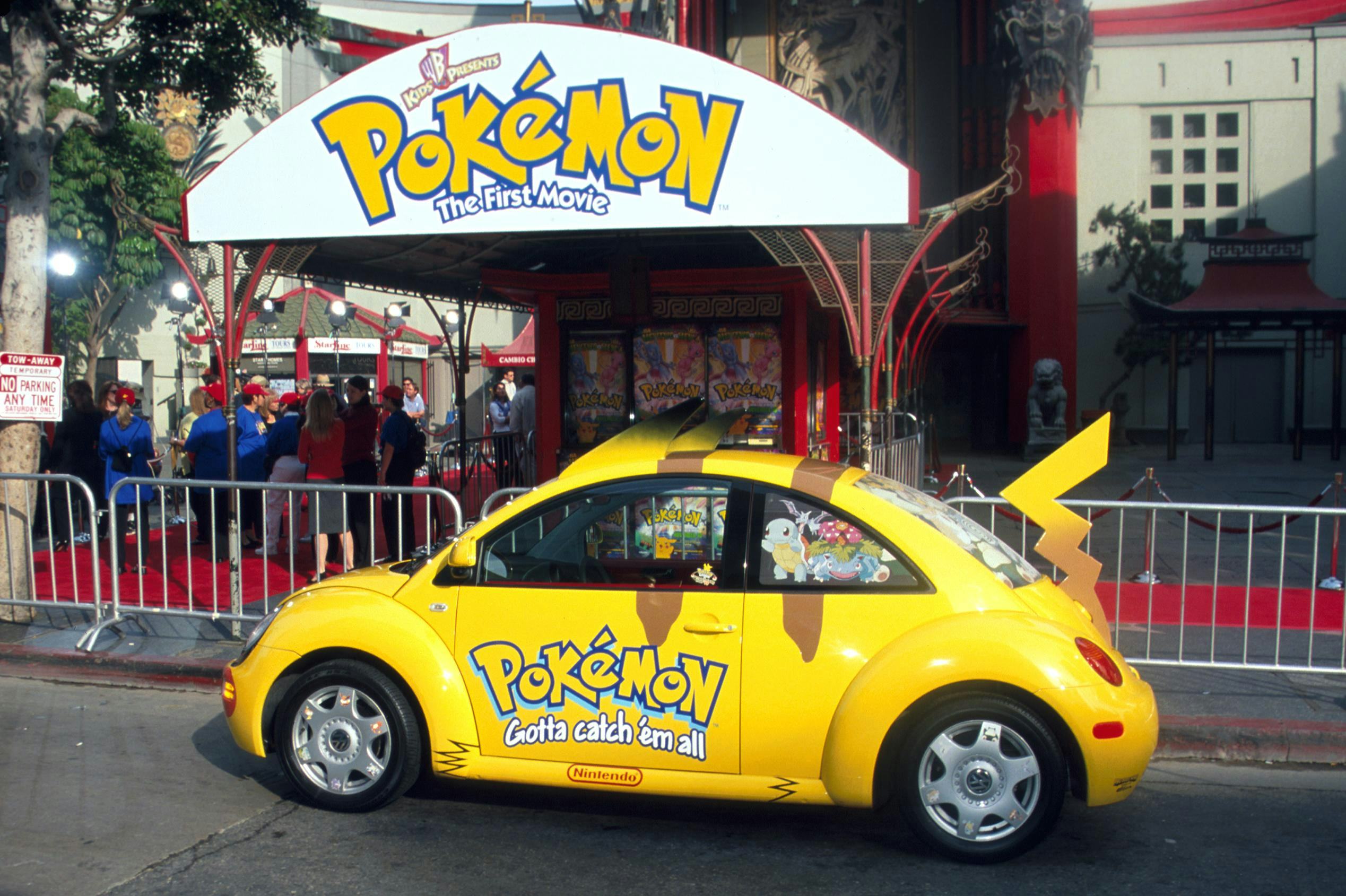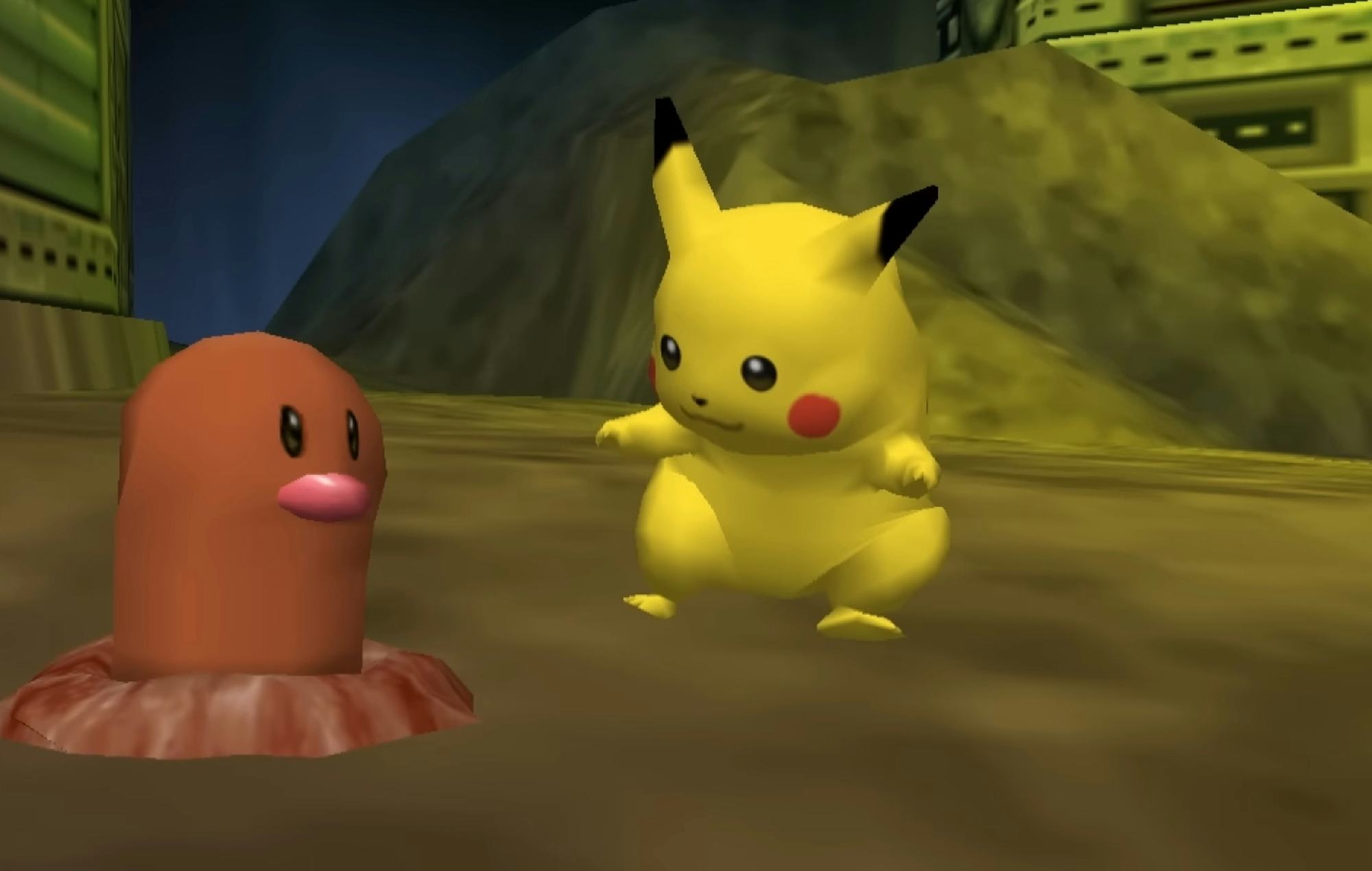
True ‘90s kids remember the era’s collectibles. There were Beanie Babies, of course, which ended up causing an economic bubble still relevant today. But there were also pogs, which littered school playgrounds, the careful parenting of Tamagotchis, and red-hot trading markets for all sorts of baseball and basketball cards. But in the last years of the decade, a new type of collectible emerged, one that meshed the virtual and the physical and ended up dwarfing all the others combined: Pokémon.
When Pokémon Red and Blue first became available in North America in late 1998, the success was instant and overwhelming. “Gotta catch ‘em all!” entered the lexicon and it never quite left. Over the next year, America was introduced to Pokémon: The First Movie, the animated series, and marketing tie-ins at Burger King that made Pikachu feel inescapable.

Back in November 1999, The New York Times noted that Pokémon “can seem impenetrable to those — adults, for instance — who are not conversant with its intricate fantasy world.” Pokémon Snap, a smaller tie-in game released in July 1999 for the Nintendo 64, was the beginning of a conversation that could explain the game’s incredible draw.
While everyone has their own answers as to why Pokémon are so beloved, it’s fair to say that part of the reason is because they are all very cute and strange, and it’s neat to see cute and strange made-up animals use all sorts of special powers. They’re a little like Tamagotchis, except with less emphasis on care and more on watching them do cool moves. It’s all the joy of pet ownership with none of the hassles, and they’re basically magic.
Pokémon Snap plays up this interest, offering players a game where the main story was not about battling for Gym Badges or foiling Team Rocket. Rather, the entire focus of Snap is looking at Pokémon as they hang out in their natural environments. The player takes on the role of Todd Snap, a photographer who is helping Red and Blue’s Professor Oak do some research on Pokémon Island.

Although this sort of research is usually paid, Professor Oak offers Todd a vehicle called the Zero-One to take him through tours of the island’s various locales. Todd can zoom in, through various Pokémon apple-shaped fruit, make them dance with a flute, and that’s about it. These actions can spur the Pokémon into movements of their own, like getting so furious at all the food being thrown at them that they create an explosion that opens up a new level.
Pokémon Snap is one of the more beautiful games on the N64. Nintendo’s first 3D console traded intricate 2D sprites for blocky characters often walking around empty backgrounds. Its best-looking games, like Paper Mario and Conker’s Bad Fur Day, let style guide their visuals as opposed to pure realism.

The same applies to the original Snap, which was the franchise’s first non-handheld console game. The game’s underground cave, which players are told used to be a power plant, is a delight to play through. The colors, the bright black-and-yellows of an Electabuzz to the deep purples and reds of cave walls, create a rich environment that is filled out with an appropriate score. Purple buzz around with no clue as to what they are, only to later be revealed as ghost Pokémon. At the end of the level, several Magnemites refuse to be photographed, turning metallic and creating an eerie sound. All these factors work together to create a rich landscape.
Professor Oak judges the game’s photography, using not-exactly-artistic metrics like demanding the Pokémon be in the center of the frame. But even if the point system can seem a little unfair at times, bending to its rules will result in delightful pictures. Now that the first Pokémon generation has grown up, the original Snap offers a clue into what they found so intriguing in the first place. And though a long-awaited sequel, New Pokémon Snap, launched for Nintendo Switch back in May 2021, the charms of the original game remain timeless.







